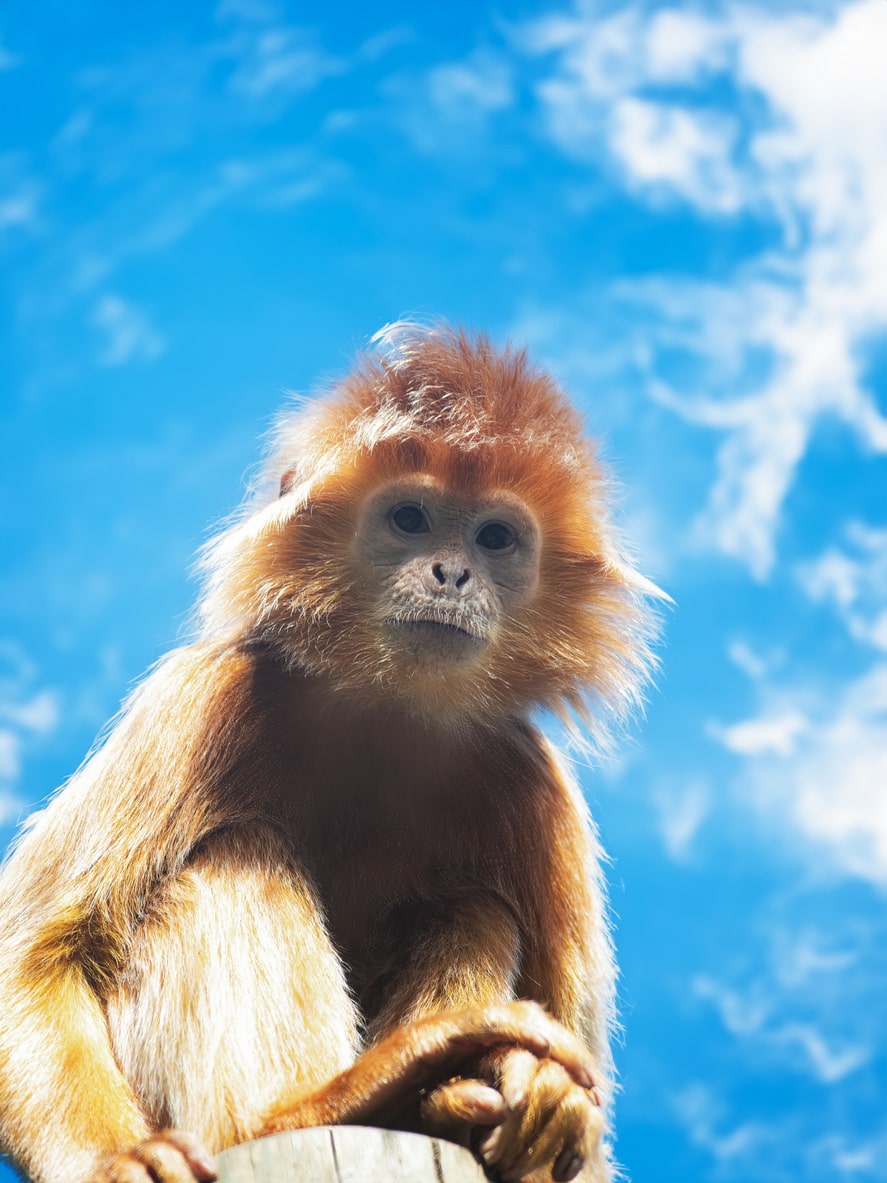After meticulously studying the project requirements, the ITRex R&D team proposed two options:
●
Replacing the microcontroller with a more powerful microprocessor. To validate the concept, we created a prototype that, while providing excellent image quality, did not meet the device size requirements and drained the battery too quickly.
●
Making changes to the existing microcontroller. The client’s prototype featured an STM32H750 microcontroller. Despite being energy efficient and one of the most powerful development boards in its class, the microcontroller lacked an interface for connecting directly to cameras. It also failed to store a full frame transmitted by the camera in internal memory. As a result, the
ITRex software engineers would have to provide a solution for adapting the microcontroller's standard DCMI interface to the chosen camera’s MIPI CSI-2 interface while optimizing its internal and external storage capabilities.
We went with the second option, addressing the following issues in the process:
●
Developing a custom driver for MIPI CSI-2 cameras. A dedicated
embedded systems engineer created a hardware solution and a custom C driver that allowed us to interface the MIPI cameras with the microcontroller. To that end, we had to request documentation from the camera vendor, which turned out to be inaccurate and incomplete. The vendor also provided us with a reference Linux driver, but we had to recreate and modify its functionality from the ground up because the MIPI CSI-2 camera was not designed to work with microcontrollers in the first place. The documentation also lacked instructions for cropping the images transmitted from the camera; by default, the device sent images from the entire matrix (full HD, 2688 by 1520 pixels). The ITRex team needed to figure out how to adjust the image resolution given the microcontroller's limited memory capacity.
●
Addressing the memory constraints. The customer was unable to record images at 60 FPS with the first prototype due to SD card bus limitations. To increase throughput, we recommended replacing the old memory card with an SD card that supports ultra-high-speed (UHS-I) mode and can be connected to the microcontroller with minimum effort. To further optimize the eye-tracking solution’s performance, we turned to the bare-metal programming approach, writing custom firmware in C.
●
Enabling the motion-tracking functionality. In addition to capturing images showing the position of the monkey's eyes and field of view, the research team intended to record the angle of head rotation. For this, we equipped the eye-tracking solution with an MPU-6500 motion sensor. To achieve precise head position tracking, motion data had to be captured at a rate two times faster than the camera's frame rate.
●
Facilitating camera and motion sensor data processing. The MIPI camera captured data using a Bayer matrix. This method allows each pixel to detect a single color, and the complete image is later reconstructed with an accurate color representation through software processing. Given the project's goal of collecting extensive behavioral data without overloading the microcontroller, ITRex devised a strategy for managing the image processing workload. The method involved capturing the data in raw format directly onto the UHS SD card, resulting in approximately 55–60 GB of data for each hour of recording, and processing it using a custom desktop application written in Python. The application, which makes use of robust OpenCV libraries, can handle binary files such as camera-captured video frames. It separates and converts images from Bayer format to RGB before compiling them into an AVI video file. To address the issue of frame drops, a technique for duplicating the previous frame was used to ensure a smooth visual output. The app also provides text transcripts with specific frame numbers and sequences, as well as motion sensor data. Speaking of the latter, we decided not to analyze gyroscope data directly on the microcontroller because doing so would necessitate developing a computational model, which would increase the microprocessor's workload and affect image frequency. Furthermore, there were concerns about the monkeys' movements, which could affect the model's accuracy.
●
Achieving energy efficiency. We optimized the power consumption of the eye-tracking solution by selecting an energy-efficient microcontroller coupled with bare-metal firmware, foregoing a traditional operating system. This option, combined with the eye-tracking device’s ability to enter sleep mode between filming sessions and the decision to transfer data processing functions to a separate desktop app, significantly improves energy efficiency. During active recording, the system maximizes energy usage up to 150 mAh to maintain optimal image quality. Despite this, when operating two cameras simultaneously for an hour, the system's power consumption remains sufficiently low, ensuring the battery is not fully depleted.
Overall, ITRex significantly altered the original prototype by redesigning its hardware and performing a full board bring-up, which included driver and firmware development, functional testing, and power optimization.


